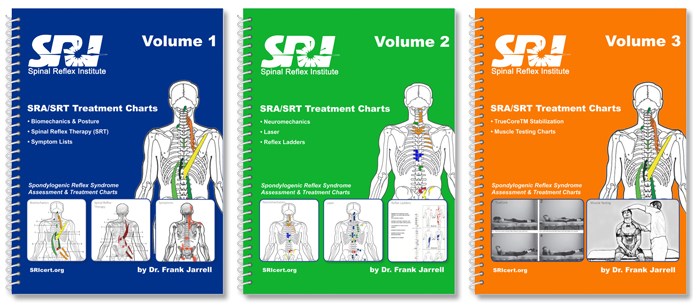Knee Pain, Stiffness and Edema
Knee pain is one of the most common complaints that I see in my line of work. In fact, over 20% of adults have suffered knee pain in the last month.(1) Of those experiencing pain, almost 40% reported that knee pain, specifically, was limiting their daily activities.(2) To make matters worse, as obesity rates around the world continue to rise, knee replacement surgeries are increasing at an alarmingly high rate.(3)
Presentation / Chief Complaint
A 45 year old male patient presents in April, 2007 with bilateral knee pain, stiffness, and right greater than left knee edema aggravated by climbing stairs and walking. Status became acutely severe whenever walking up more than one half a flight of stairs, or one half of a city block.
Patient was actively scheduled for bilateral artificial knee replacement due to premature, severe knee osteoarthritis and degenerative medial meniscus. He requested evaluation for a viable option to surgery.
History
Patient denied notable trauma, disease or complicating factors. Relevant history included 25 years of European football, increased deconditioning and mild obesity secondary to knee pain inhibition and an extreme lifestyle of extensive travel and work related demands.
Physical Findings
Orthopedic, neurological, radiographic and functional testing revealed predictable findings for history of ACL deficiency, long term tracking error with medial compartment overload and resulting progressive degenerative changes. Spinal Reflex Analysis (SRA) revealed an ergonomics dependent, alternating pattern of T1 and T3 spondylogenic reflex syndromes.
Treatment
The patient received Spinal Reflex Therapy (SRT) each visit (learn more about SRT for MTs, PTs, and other providers) and SRA based chiropractic manipulative therapy intermittently. Therapeutic sessions were administered an average, 4 times per day over 4 consecutive days, 3 times per year. This amounted to approximately 50 total sessions per year, or 25 hours of SRT each year.
Only SRT and occasional SRA procedures were utilized between years 1-6. Adjunct therapies and/or modalities were withheld in years 1 through 6. Therapeutic high frequency/high power laser was introduced as a modality in year 7. Spinal stabilization exercises for spondylogenic reflex syndromes were introduced in year 2 and expanded through year 8 with poor compliance.
Results
The patient was treated for total of 8.25 years. Within the first 8 months, the patient resumed normal activities. Patient currently enjoys daily walking, extensive swimming, golfing and occasional short jogging. Activity related knee edema and pain is infrequent and marginal.
Patient continues to be surgery free to this day.
Discussion
Spondylogenic reflex syndromes (SRS) are a major factor in muscle compartment over-tone and joint tracking error. Upper thoracic spine spondylogenic syndromes disrupt pelvic, hip and knee functional status and contribute to joint load angles and degenerative responses over time.
Reduction or mitigation of SRS activity using systematic procedures can grossly change the pathological chain of events in a large number of orthopedic and musculoskeletal complaints.
References:
- CDC and NCHS (National Center for Health Statistics). 2010. Health, United States, 2010. Chart-book, Special feature on death and dying. Hyattsville, MD: CDC and NCHS. Available at http://www.cdc.gov/nchs/data/hus/hus10.pdf.
- Institute of Medicine. Relieving Pain in America: A Blueprint for Transforming Prevention, Care, Education, and Research. Washington, DC: The National Academies Press, 2011. Available at http://www.nap.edu/openbook.php?record_id=13172.
- UMass Medical School Communications Staff. Increasing rate of knee replacements linked to obesity among young. UMass Med Now. October 30, 2013. http://www.umassmed.edu/news/news-archives/2013/10/increasing-rate-of-knee-replacements/. Accessed July 9, 2015.
Subscribe & Share
About The Author
Dr. Frank Jarrell is the leading expert on spondylogenic reflex syndromes and is the founder and developer of Spondylogenic Reflex Analysis (also known as Spinal Reflex Analysis) and Spinal Reflex Therapy. Learn more about Dr. Jarrell.






